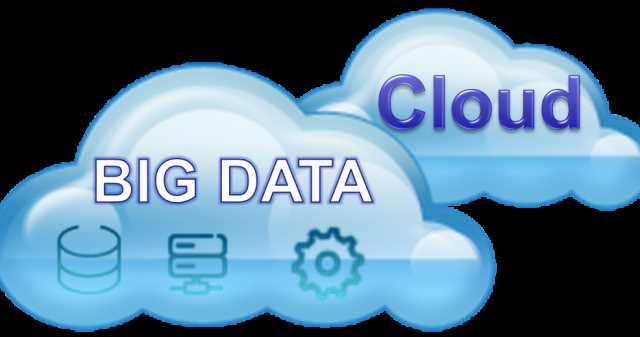Search here

31-Jul-2019
know everything about the Big Data cloud platform?
Playing text to speech
Google Big Query: what is Big Data it and what is it for?
Google Big Query is a Data Warehouse designed to enable businesses to perform SQL queries very quickly with the processing power of Google's cloud infrastructure. Thus, it is part of the family of Infrastructures as Cloud Services (IaaS). Thought for Big Data, this platform can analyze billions of lines of data. Get More Information
Directly deployed in V2 in 2011, Big Query is actually an "outsourced version" of the Dremel query software used internally by the firm to track device installation data, create crash reports, or analyze spam. The common point between the two platforms is that they use column storage to quickly scan data, and a tree architecture to dispatch queries and aggregate results across large computer clusters.
Following its external launch, Big Query has expanded many features. Since 2013, the data joins, the timestamp and the ability to insert data streams have been added to the service.
Google Big Query: how does it work?
google big query running
Just transfer the data to Big Query to take advantage of the power of Google's infrastructure. The service is fully managed, which means that you do not deploy resources like disks or virtual machines to start using it.
The service also integrates many tools from Google or third-party companies such as Google Analytics 360, Ta lend, Informatica, Tableau software, Qlik, or Data Studio. It is possible to transfer data from multiple sources such as Google Analytics, Fire base, Google Sheets, or other ETLs like Talend and Traffika. So you can centralize all your raw data in the cloud. Technologies On Big Data Hadoop Training
The main components of Google Big Query
To access Big Query, you can use the GCP console or the web interface. It can be accessed via a command-line tool, or by calling the Big Query REST API through a variety of client libraries such as Java, .NET or Python. There is also a variety of third-party tools that can interact with the platform, for example to view the data or to load it.
Big Query is based on two main components: Dremel and Borg. Google presents Dremel, the query engine, as a "massively parallel query cloud service". Based on a file management system, Dremel translates SQL queries into lower-level instructions for the engine.
The second component, Borg, is Google's large-scale cluster management system. This allows you to automatically assign server computing and storage resources to individual tasks, rather than having to do it manually.
If you want to learn how to use Big Query, know that Google offers many tutorials in French on its official website. You can consult them at this address. In addition, at the end of this article you will find video tutorials in English to learn how to report to the service or learn how to use Fire base Analytics.
Google Big Query vs. Amazon Red shift and Microsoft Azure SQL Data
big query vs red shift
Of course, BigQuery is not the only virtual Data Warehouse in the cloud. Google's main competitors in the cloud computing market, Amazon and Microsoft, also offer similar services: Amazon Red shift and Microsoft Azure SQL Data. These platforms allow the database administrator to ingest data, allocate storage and compute resources, and integrate with other Business Intelligence tools. On How is Big Data
However, Google's Data Warehouse is doing well by automating data formatting and resource provisioning. The platform is also responsible for maintenance operations. The user merely connects the data sources and executes queries.
This platform is therefore easier to use than its competitors. On the other hand, in terms of performance, Big Query can not compete with systems like Amazon Red shift.
Google Big Query: what are the prices of the service?
Now that you know the features of Big Query, you probably want to know its pricing. Be aware that platform storage costs only depend on the amount of data stored.
Google distinguishes active storage from long-term storage. The firm invoices the active staking on a monthly basis based on the data stored in tables and modified in the last 90 days. Long-term storage refers to tables that have not been changed in the last 90 days. Get Good Knowledge On Big Data Online Course

Comments
Solutions
Join Our Newsletter
Subscribe to our newsletter to receive emails about new views posts, releases and updates.
Copyright 2010 - 2024 MindStick Software Pvt. Ltd. All Rights Reserved Privacy Policy | Terms & Conditions